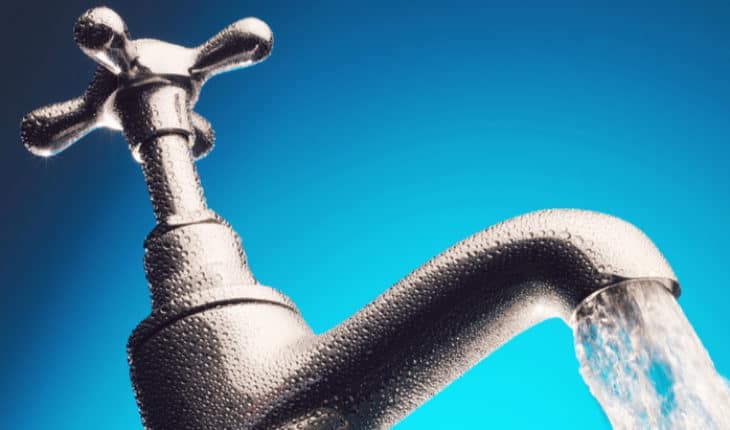Regaining pelvic floor strength: Women’s heath physiotherapist, Amanda Savage, andand Advisor to Kegel8 discusses how new mums can regain their pelvic floor strength: The pelvic floor is dynamic, and it is amazing how it can change during pregnancy and childbirth. But just as every pregnancy is different, so is recovery.
From experience, all new mums need to focus on their pelvic floor post-partum, no matter what type of birth they had.
And it’s not just to do with the physical side of recovery – there are mental health benefits too. According to a study, women who develop pelvic floor disorders (in this case, stress urinary incontinence) after birth are more likely to suffer from postnatal depression.
Here are my top tips for new mums to regain control over their pelvic floor and support overall wellbeing post-partum…
Go for short walks
It might sound old fashioned but taking your baby outside in the pram for a 20-minute walk a day has many benefits.
Keep a gentle pace, breathe deeply, stand tall, hold your tummy muscles in a little and walk so that you can hear your heels clicking to make your bottom muscles kick in.
Walking will wake up your posture and core muscles, get your blood flowing, give your perineum or caesarean scar a gentle and natural stretch – and it will help you step away from the intensity of being a mum indoors.
Being exposed to daylight and sunshine will also help boost both your moods and regulate your sleep cycles, too.
Target your pelvic floor
Practising Kegel exercises is essential for the pelvic floor post-partum as they strengthen your muscles, reduce issues such as leakage and can be done in next to no time, from the comfort of your own home in just five minutes, once or twice a day to start.
First, sit, stand or lie with your knees slightly apart. Slowly tighten your pelvic floor muscles, starting with your anus (as if you are trying not to pass wind – the biggest part of your pelvic floor muscle is located here), then tighten around your vagina, squeeze both areas and lift (or ‘suck-up’ your muscles) as hard as you can. Hold for the count of five, then relax and repeat five times.
As your Kegel muscles become stronger, you can gradually increase the length of time you ‘squeeze and lift’ for and how often you perform the exercises.
Alternatively, if you’re unsure about exercising yourself, invest in a pelvic toner (from 12 weeks postpartum).
Join a postnatal exercise class
Try to sign up for a postnatal exercise class one evening a week by yourself. Though it’s special to take the baby to sing or massage or playgroup, you know you can’t concentrate properly on yourself when you have the responsibility of a baby, too.
If you can, ask your partner, family member or a trusted friend to babysit for you. If not, there are many online courses that are worth signing up to.
Make sure you join a group led by an experienced instructor who will be able to check and adapt your pelvic exercise technique to ensure you’re doing everything you can for a quick and successful recovery.
Listen to your body
New mums might be struggling with the changes to their bodies and feeling a bit unfamiliar with them – but you must respect the process and listen to your body.
With stress incontinence affecting four in 10 women post-partum, it’s best to avoid adding additional pressure by ignoring your bladder or bowel signals. Not going to the toilet when you need to will put extra pressure on the bladder and pelvic floor area, resulting in pain or discomfort.
And while you may be on a journey to regain pelvic floor strength by trying out various tactics, remember that relaxing is an exercise, too.
Pelvic floor muscles can become tender and uncomfortable if you tighten them for too much or for too long and could even irritate scars from delivery that are healing. When you are doing pelvic floor squeezes, make sure you relax the muscles underneath and avoid the temptation to “grip” instead, allowing them to join in more and then less, depending on what you are doing.
Slowly return to physical exercise
Additionally, if you are thinking of returning to the gym or sport (recommended after your six-week postnatal check), you need to support your pelvic floor by making sensible choices.
You can reduce the impact on the pelvic floor by wearing good quality, cushioned and supportive shoes, your most supportive underpants and best quality leggings to support your pelvic floor and abdominals from the outside.
And build up your levels of intensity and difficulty slowly to see the effect each exercise has on you. Be very aware of avoiding bulging, doming or peaking in the abdominals and any pressure down into the pelvic floor.
Low-impact exercises like swimming, walking, yoga, water exercises and equipment such as a stationary bike, elliptical machine or stair-climber are good places to start so new mums can bounce back slowly.
- Combination of drugs could prevent thousands of heart attacks - 21st April 2025
- UQ Study Links Poor Teen Diets to Heavy Social Media Use - 21st April 2025
- Gut microbiome could delay onset of type 1 diabetes - 3rd April 2025






